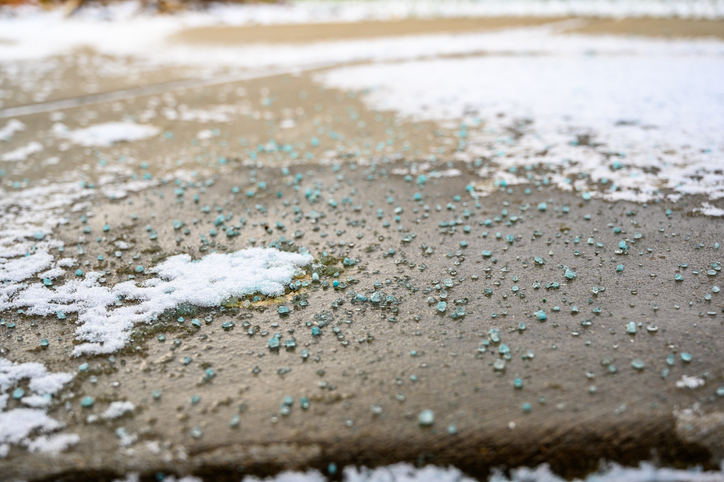Considering an Auto Detailing Career? How Spring Weather Affects the Paint on a Vehicle
When spring finally arrives after a long cold winter, it’s typically welcomed with a sigh of relief. For automotive detailing professionals, however, spring can bring with it a whole host of new problems to tackle when servicing vehicles. Automotive detailers work to restore and refurbish dirty, old or used vehicles, restoring their former shine and enhancing their appearance for resale or to suit the needs of customers. If you’re considering a career in automotive detailing, after completing your training with ATC Surrey, you’ll be working with all kinds of vehicles, applying various techniques to clean them up!
As an automotive detailer, there are a few problems you’ll want to look out for during the spring months. Driving in spring conditions can often lead to vehicle paint damage, requiring extra detailing work.
Below, discover some common ways that spring weather can affect a vehicle’s coat of paint!
Watch Out for Pollen
With the amount of trees blossoming and flowers blooming, pollen is everywhere in the springtime. Unfortunately, pollen is not only an inconvenience to people, causing allergies, but it’s also an inconvenience for vehicle owners. The reason for this is that individual pollen particles have the ability to scratch the surface of a vehicle’s paint. These particles aren’t just abrasive, though. They’re also small enough to infiltrate the pores of a vehicle’s paint coat. Pollen will then release acid, which can lead to oxidation over time, discolouring and damaging a vehicle’s paint. During your auto detailing career, make sure to watch out for the effects of pollen.

Tree Sap Can Be Detrimental to Vehicle Paint
During the spring, trees begin to release sap as they draw water from their roots and unthaw after a long winter. Unfortunately, many of the cars parked under these trees will be affected as dripping sap falls down onto them. When sunlight interacts with sap, this can have serious effects on a vehicle’s paint. Sap is prone to crystallization, making it hard to remove from a vehicle’s painted surface. As an auto detailer, you can identify sap damage as rough and uneven patches within the paintwork. In order to prevent sap damage, apply rubbing alcohol to the area as soon as possible and remove it with a microfiber towel.
Debris from Pavement Is Harmful
In colder areas, where snow stays on the ground for long periods of time, spring is a more hazardous time than usual to be on the roads. Vehicles will encounter more loose debris from the pavement during this season, as a result of months of road salting, snow and plowing. After auto detailing training, you’re likely to see plenty of vehicles coming into your shop with chips, scratches, flaking and corrosion as a result of the rocks and dirt coming from the roads. When it comes to fixing this damage, make sure to carefully clean the area before polishing.

Birds and Bugs Take a Toll
As birds return for the season and the temperature becomes warm enough for insects to breed, auto detailers will have a whole new set of obstacles to encounter. Bird droppings contain acid, resulting in a residue powerful enough to remove clear coat from the surface of a vehicle. Coupled with sunshine, these droppings are detrimental if not caught soon enough. What’s more, splattered bugs contain acid as well, corroding a vehicle’s painted surfaces.
As we move into the springtime, make sure to watch out for all of these potential sources of damage as an auto detailer!
Are you ready to enroll in automotive detailing courses
Launch your career with a program at ATC Surrey!


